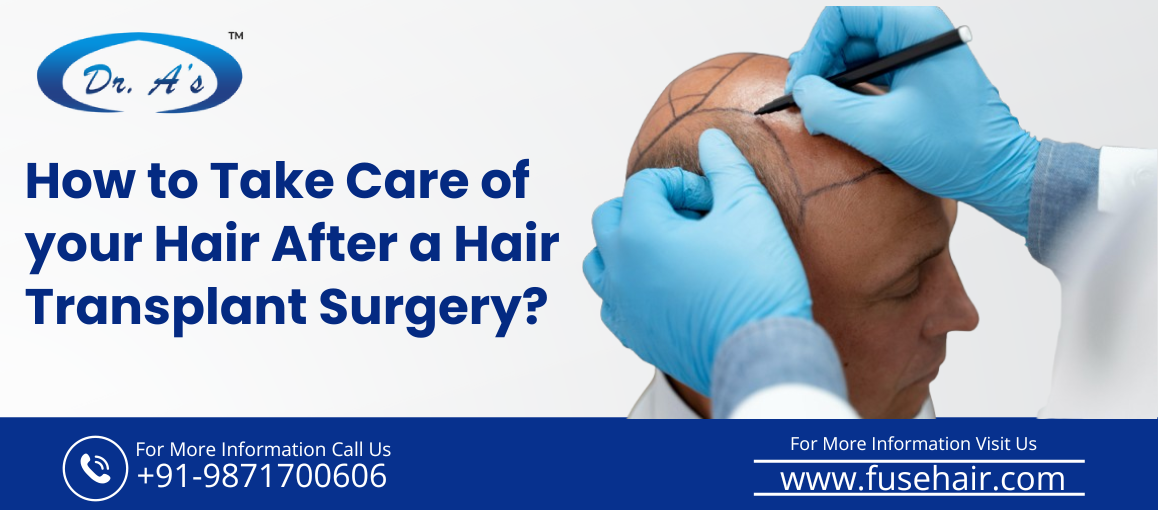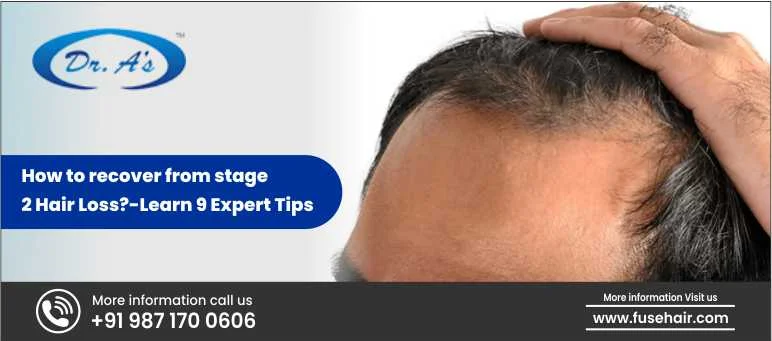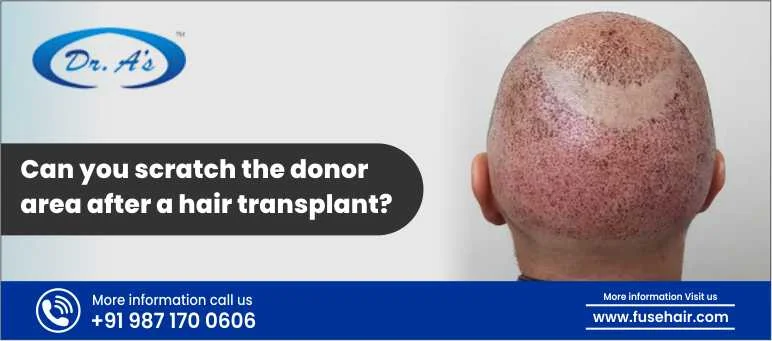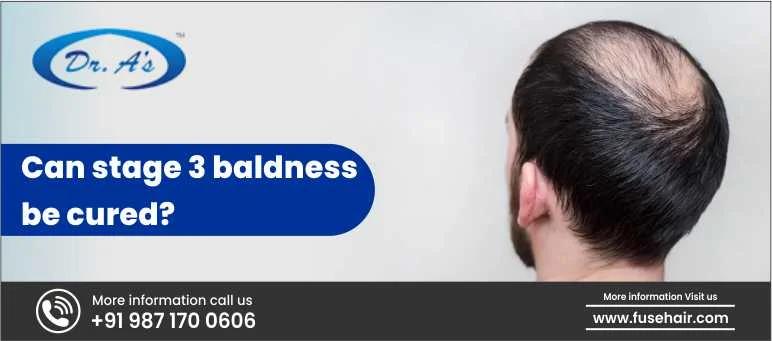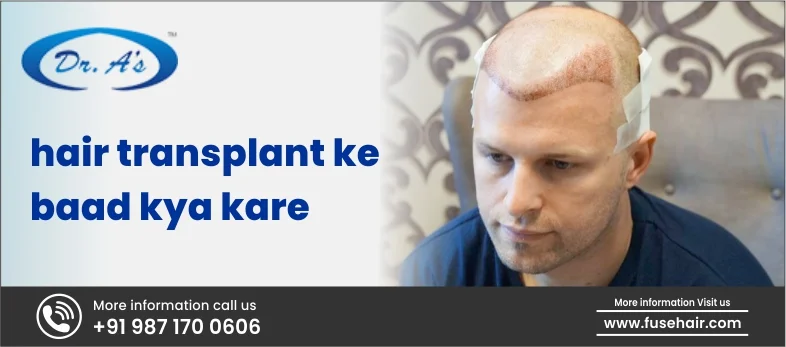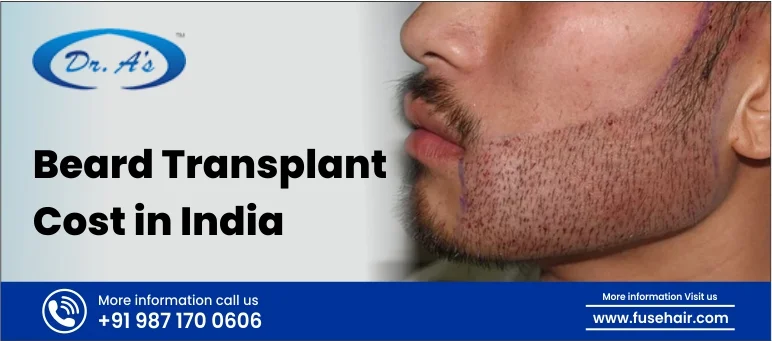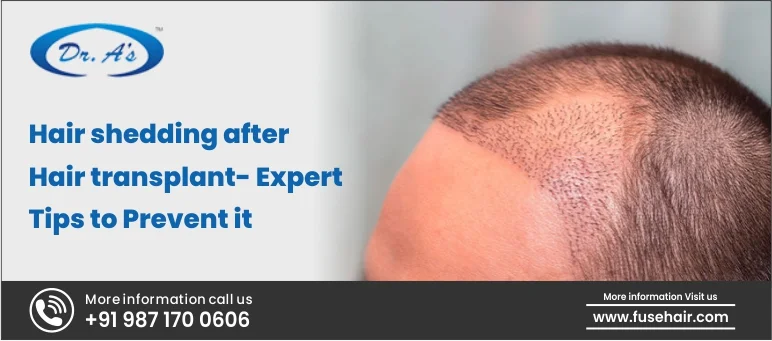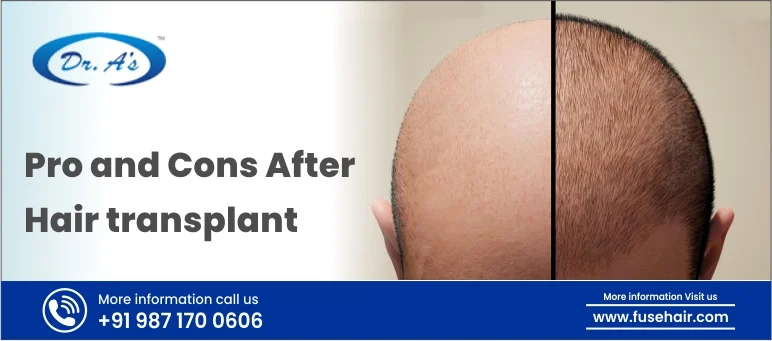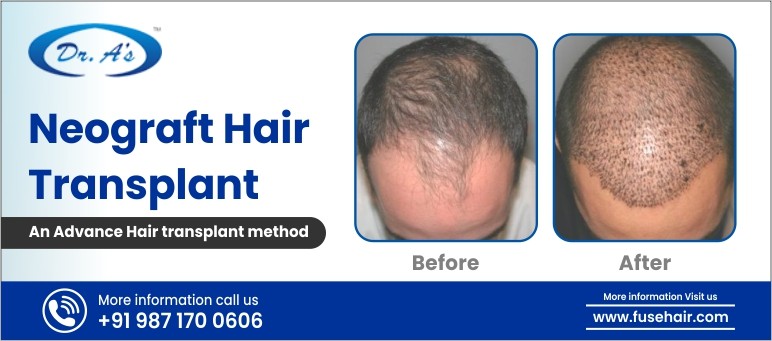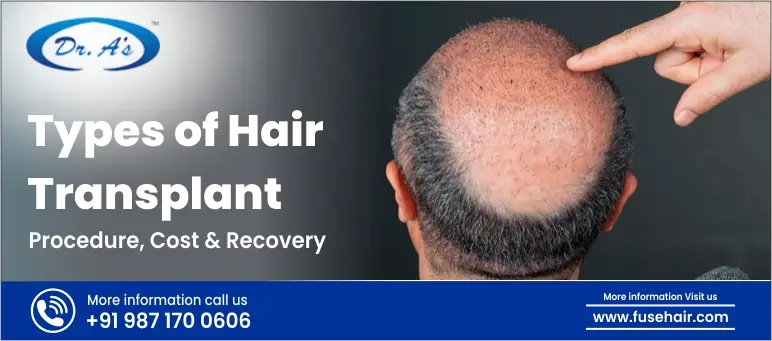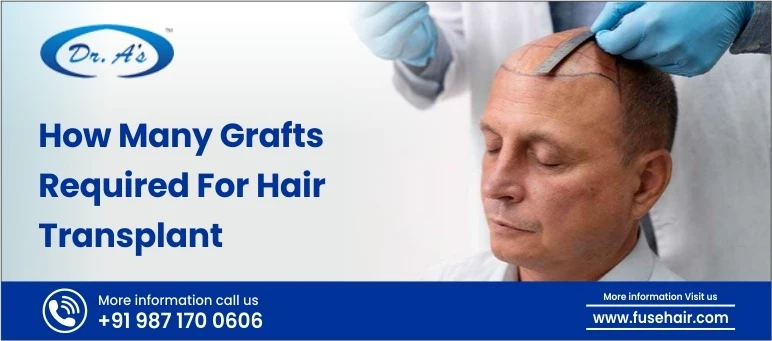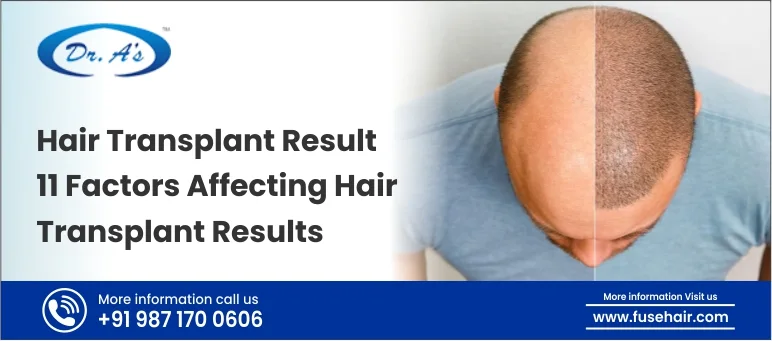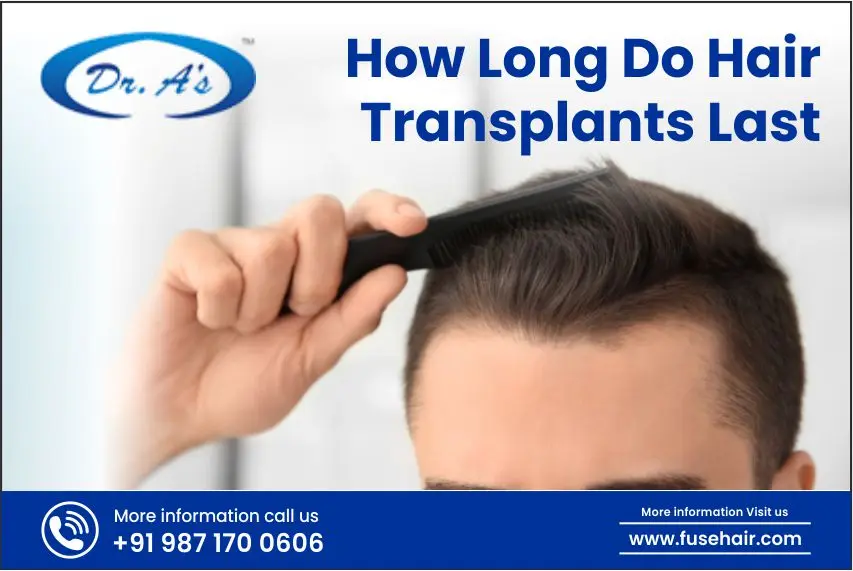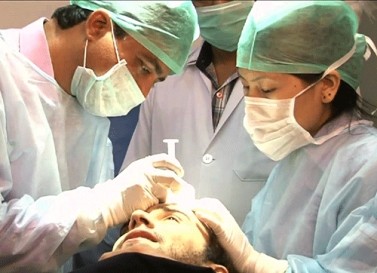
Hair loss isn’t always about aging; it can occur anytime. You might begin to see thinning in your 20s, or shedding may surprise you in your 30s as well. The reasons vary and are really common and faced by the majority. They include genetics, stress, hormones, and some health problems. However, you just need to know when to act. That’s why it’s valuable to know the hair transplant stages because everything is about timing.
At Dr. A’s Clinic, we are with you if you want a hair transplant that looks and feels natural. We help you go toward the right solution with our expertise and the latest techniques so that you get the lustrous, fuller hair that you dream of.
Understanding Hair Loss: It’s Not Always Just Age
You may have always thought that the loss of hair is simply a side effect of getting older. However, that’s not always true. Many people notice changes in their 20s and 30s. You may notice more hair on your pillow, in the shower, or even at a thinning crown. If it is so, then it may not just be age; it may be something else that you need to watch out for to prevent further hair loss.
Here are the causes of hair loss that are really common and are important for you to know:
-
The Role of Genetics
If your parents have pattern baldness, you’re more likely to inherit the condition, too. Symptomatic in deterrent, it’s referred to as androgenetic alopecia. It is the very first reason why people consider getting hair transplants done at the earliest possible. However, timing is important even when there is a family history, so you should just wait for the right time to go for the procedure.
-
Stress and Lifestyle
Similarly, high stress, bad diet, or significant life changes can cause one to shed hair. You may notice rapid loss of hair during exams, after childbirth, or after a severe illness. If you have gone through some difficult times, they could be the catalyst that can trigger your body and lead to extensive hair loss.
-
Medical Causes
Hair does occasionally fall out because of underlying health problems. Your thyroid may be out of whack, you could be anemic, or you may be taking certain medications that are hampering your hair growth. This is why we always recommend a medical check-up before making a decision about surgery. It also helps you know the exact reason for your ongoing hair loss.
All Hair Loss Is Not Permanent
Many types of hair loss are reversible. That’s why you must take your time before opting for a hair transplant.
Our founder, Dr. Arvind Poswal, provides clarity on whether you should go for a temporary rough spot treatment or seek medical assistance. Once you know what the root cause is, you can apply the right remedy at the right time.
When Is the Right Time for a Hair Transplant?
You might be ready to repair your hairline already. But rushing into surgery too early can have bad outcomes. Hair transplants are most successful when your balding has slowed or leveled off. If it’s still going through rapid changes, the results may not be long-lasting in the way you want.
-
Know Your Hair Loss Stage
You can better understand your hair loss by using the Norwood Scale, a visual guide that tracks pattern baldness in 7 stages. In Stage 1, there’s no real hair loss, and your hairline looks normal. Stage 2 shows a slight recession at the temples but still doesn’t call for surgery. Stage 3 is where many people start to notice deeper hairline recession, and this is often the first point where a transplant becomes worth considering.
By Stage 4, thinning appears at both the front and crown, making you a strong candidate for treatment. In Stage 5, the two balding areas start to connect, and more grafts are usually needed. Stage 6 and Stage 7 involve advanced hair loss with little hair on top and limited donor supply, so planning gets more complex.
-
Age Matters, But It’s Not Everything
There isn’t an ideal age for a hair transplant. Still, most surgeons recommend waiting until at least 25. Why? By that point, you’ve developed a somewhat predictable hair loss pattern that can help you understand hair loss better and will also help your surgeon deal with the issue effectively.
Younger patients can still lose hair after surgery, potentially making results look unnatural down the line. But if you’re older and stable, you could be a good candidate, which would also help your hair heal faster and in an appropriate way.
How to Know You’re Ready?
Here are some indications that you are probably prepared:
- It’s been a year or more with the same hairline, and your surgeon says that you are in the same stage of hair loss.
- Your hair transplant surgeon says you have a strong donor area.
- You know what to expect in terms of surgery and are totally aware of the hair loss stage and the condition of your scalp.
- Psychologically, you are ready and motivated to get your hair transplantation done.
If everything here checks out, the timing may be just right for getting your hair transplant done.
At Dr. A’s Clinic, we study your scalp, your history of hair loss, your family history, stress levels, and your overall health. Whether you’re ready now or need time, we’ll direct you in an honest and considerate way. We want you to feel fabulous for years to come, not just for a day!
Benefits of Timely Intervention of Getting A Hair Transplant
When you have a good hair transplant at the right time, the results speak for themselves. It gives you more than hair; it gives you control, confidence, and freedom from worry.
Here’s why early intervention makes a difference:
- More Natural Results: It’s easier to mix the transplanted grafts when you are still left with your natural hair present on the scalp. It gives a fuller look and looks more natural.
- Less Grafting Required: Acting earlier means less hair is typically lost. So, you’ll need fewer grafts and smaller procedures that might be beneficial for you and your hair transplant journey as well.
- Better Use of Donor Hair: Donor hair is limited. The sooner you begin, the better you can protect it, and the easier it is to plan for the future of your hair transformation.
- Smoother Recovery: Your scalp heals faster if you get your hair transplant done at the right stage and at the right time. You return to regular life more quickly. Therefore, it is important to make your decisions on time.
Alternatives to Consider Before a Hair Transplant
Before considering a hair transplant, it is advised to learn how to stop hair loss without surgery. Some non-surgical treatments are highly effective. Therefore, start early so that you can know the best strategy to prevent hair loss and help your hair grow better.
Here are some options to consider if you are looking for an alternative way:
- Medications: Try FDA-approved options, such as minoxidil or finasteride. These can slow or stop hair loss, and some may even regrow hair. But they are most effective when people use them consistently. Therefore, make sure that you apply those regularly to prevent hair loss.
- Platelet-Rich Plasma (PRP) Therapy: This method is known as using your own blood for natural stimulation of hair growth. You may experience thicker, healthier hair after a few sessions. It’s non-invasive, and there is hardly any downtime for this procedure.
- Low-Level Laser Therapy (LLLT): This treatment is used to stimulate the hair follicles with laser combs or caps, which use low-intensity laser light to stimulate cellular activity and promote tissue healing. For some, this method can be useful, especially when combined with other treatments, because this can give better outcomes in the long run.
- Lifestyle Changes: Sometimes, small adjustments, such as better eating, less stress, and improved sleep, have helped. Your hair is usually a pretty good indicator of your general health.
If these treatments don’t work, then a transplant may be the last option left for you. With more than 20 years of experience, Dr. Arvind Poswal offers safe, effective, and natural-looking hair transplant. He first analyzes your hair loss stage and then curates a robust transplant plan for long-lasting outcomes.
Common Mistakes to Avoid When Deciding on a Hair Transplant
You may be eager to get your hair back, but if you jump into a transplant, you could end up making mistakes that you will regret later.
One of the worst mistakes is overlooking the cause of your hair loss. The results don’t always stick without an obvious diagnosis, and if your hair continues to thin around the transplanted areas, you’re back in surgery for more.
Another mistake is in selecting a clinic merely because it is very cheap. You could save money now, but bad planning or technique may result in uneven results, scarring, or the costs of expensive corrections. Always seek a clinic that is known for quality, safety, and results. We at Dr. A’s Clinic are equipped with state-of-the-art infrastructure and advanced facilities to help you get the results you want safely and effectively.
Many also forgo medical treatments too early. Medicine may help stabilize your still-active hair loss. Surgery is most effective once the shedding has eased.
Unrealistic expectations are another snare. A hair transplant can offer all sorts of help, but it can’t return you to the same density of hair you enjoyed when you were 18. Be true to yourself and your surgeon.
Lastly, don’t postpone the decision too long either. People tend to have more options if they don’t wait till they have lost too much hair. Decide wisely and let your hair grow in the ways you want.
Conclusion
Knowing when to have a hair transplant is as crucial as the procedure itself. If the timing is right, you get improved results, reduced stress, and enhanced confidence. Don’t guess if you don’t know where you stand; get professional advice.
At Dr. A’s Clinic, we assist you in making the optimal decision for your hair transplantation needs based on your hair loss stage and pattern. Consult us before it gets too late!









